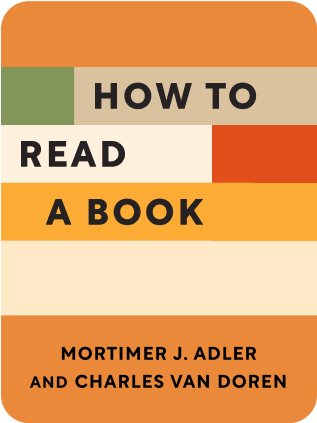

This article is an excerpt from the Shortform book guide to "How to Read a Book" by Mortimer J. Adler and Charles van Doren. Shortform has the world's best summaries and analyses of books you should be reading.
Like this article? Sign up for a free trial here .
How can you tell which are the most important sentences in a book? What are the best ways to unpack complicated sentences?
In How to Read a Book, authors Adler and Van Doren suggest identifying an author’s most important sentences to find their leading proposition. Once you’ve identified the primary proposition, paraphrase it in your own words to make sure you really understand its meaning.
Keep reading to learn the best way to find and unpack an author’s most important sentences.
Finding the Most Important Sentences
After identifying keywords, Adler and Van Doren recommend finding the author’s leading propositions in her most important sentences. Important sentences express parts of the author’s argument. Here are some tips on how to find them:
- Special sentences may be formatted stylistically or set apart (for example, with italics or underlining).
- The important words are often contained in the important sentences. Therefore, if you spot a keyword, pay special attention to the sentence it’s located in.
- Pay attention to words that confuse you, rather than words that grab your interest. (Shortform note: Remember, the goal of analytical reading is to increase your understanding. It’s perfectly fine to pause at a particularly interesting or entertaining sentence—but if your goal is to better understand the author’s ideas, your time is better spent wrestling with sentences you don’t immediately understand.)
| Finding Key Sentences in the Digital Age In the modern era, there are other, high-tech ways of identifying important sentences that Adler and Van Doren couldn’t imagine in 1972. For example, computer programmers in the field of natural language processing have developed algorithms capable of reading digital text and automatically identifying key terms and sentences. The program is partly based on the frequency of a given word in a text, but it has to distinguish between common-but-not-useful words (like “and” or “the”) and the actual keywords of the text. Once the program identifies the keywords based on frequency, it scans every single sentence and highlights those sentences with higher proportions of keywords—which is essentially a computerized version of the process that Adler and Van Doren recommend. |
Identifying Propositions
Adler and Van Doren also advise unpacking complicated sentences to find all the propositions the author is making. For example, in The Body Keeps the Score, author and psychiatrist Bessel van der Kolk writes, “No matter how much insight and understanding we develop, the rational brain is basically impotent to talk the emotional brain out of its own reality.” We can break this sentence down into at least five propositions:
- Scientists have developed at least some understanding of this subject.
- There are two parts of the brain: the “rational brain” and the “emotional brain.”
- These two parts of the brain can be in conflict with one another, despite being part of the same physical organ.
- The rational brain may try to override the emotional brain.
- The rational brain cannot overpower or “turn off” the emotional brain when it is activated.

———End of Preview———
Like what you just read? Read the rest of the world's best book summary and analysis of Mortimer J. Adler and Charles van Doren's "How to Read a Book" at Shortform .
Here's what you'll find in our full How to Read a Book summary :
- How to be a better critic of what you read
- Why you should read a novel differently from a nonfiction book
- How to understand the crux of a book in just 15 minutes






